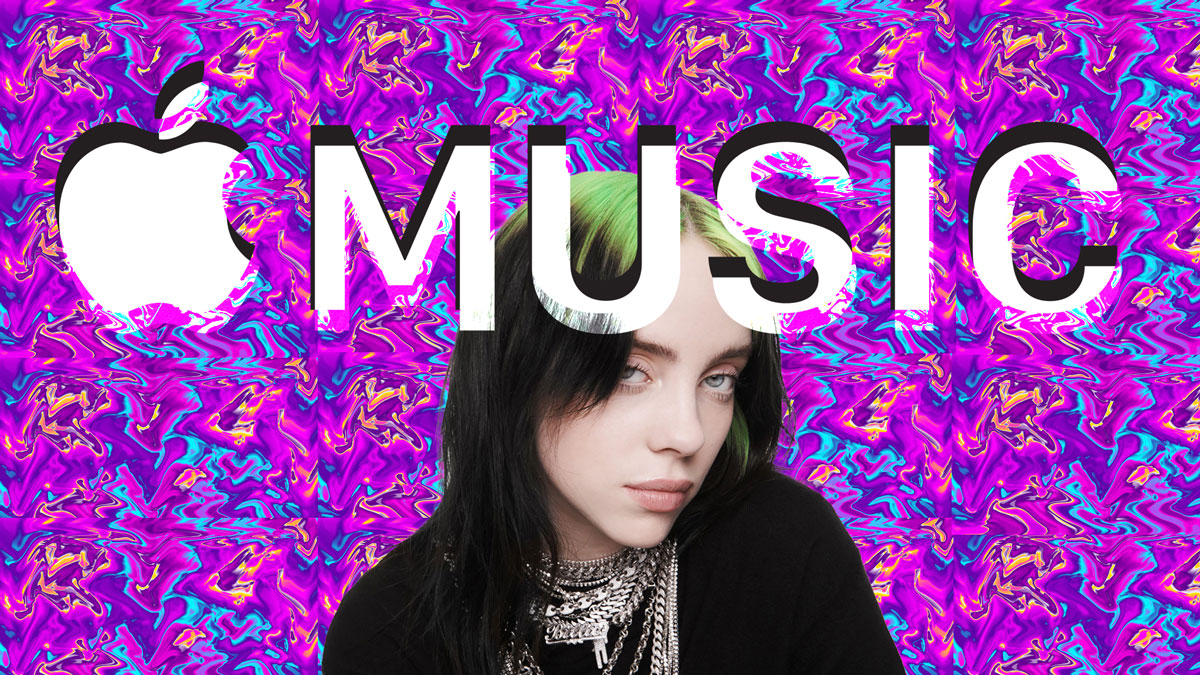
Apple will revive and improve the past with non-stop music
In the 1980s and 90s, MTV and VH1 dominated television sets, bringing the novel concept of music videos to new heights. Today, those channels have gone in different directions, shifting their attentions towards reality television to near-humorous degrees. Meanwhile, like many forms of entertainment in the twenty-first century, music videos have been siphoned off to the Internet, finding homes on YouTube, Vevo, and Facebook.
Read More: Apple iPhone 12 Pro Models are Coming Immediately and There’s More
Now Apple is trying to get in on and rekindle the music video action with a new project that feels both retro and advanced all at the same time.
Apple Music TV launched in the United States on October 19th, offering a twenty-four hour live stream of music videos and other music related content such as interviews, concert footage, and more. This is far from Apple’s first leap into the music industry, as it launched Apple Music and Apple Music 1 (formerly Beats 1) in 2015— not to mention that the tech company was once synonymous with iTunes and the iPod. However, Apple Music TV is the company’s first deep dive into music videos.
In many ways, Apple Music TV emulates old school outlets like MTV and VH1, as it streams content constantly like a visual radio station. Unlike its ancestral predecessors, though, it does not have advertisements (for now) and its accessibility is not tethered to a cable subscription. Instead, users access Apple Music TV through the AppleTV app, which already comes with most smart TVs.
Given the declining popularity of music videos over the past few decades, one must question whether or not Apple Music TV is a worthwhile investment for the company. Apple has recently put a lot of its eggs into the streaming basket, launching Apple TV+ in 2019 and emphasizing its new status as an entertainment conglomerate with the AppleOne bundle. The company has also gotten experimental on the streaming front with innovations like the Apple Fitness+ exercise app.
Exclusive video premieres, music documentaries and much more in store for Apple Music
In today’s age, a music video-focused channel is yet another daring outing for Apple. As aforementioned, though, Apple has some deep roots in music, and therefore goes into this world with a bit of preexisting infrastructure.
For example, Apple Music produces its own music, which Apple Music TV can help promote. The same concept applies to Apple’s radio stations like Apple Music 1, Apple Music Country, and Apple Music Hits. They can all work in tandem to raise Apple’s bar across all musical platforms.
Furthermore, although music television has been around for decades, the industry is ongoing. Apple Music TV aims to find new ways to celebrate and cover it. On Fridays, for example, the channel will focus on new releases, airing never-before-seen videos. This week, it will debut the music videos for Joji’s “777” and Saint Jhn’s “Gorgeous.”
Likewise, on Thursday, the channel will narrow in on Bruce Springsteen, playing videos both old and new, plus interviews and fan events, to promote The Boss’ new album “Letters To You.” These are the kind of special events that the channel will celebrate and distinguish itself through.
Such is the win-win nature of Apple Music TV— for every piece of new content, there is a backlog of old material; and for everything that is outmoded, there is always something cutting edge on the horizon. Evidently, even in today’s age, there is more than enough material to keep a music-streaming channel fresh and relevant.
Luckily, Apple also has enough name brand recognition to televise events and promote content for some highly influential artists. This reputation for quality and appeal might be Apple Music TV’s greatest tool in trying to resurrect a bygone kind of television.
Check out all our Apple Coverage
Subscribe to our newsletter for all the latest updates directly to your inBox.
Find books on Music & Entertainment, Big Tech, Sustainable Energy and many other topics at our sister site: Cherrybooks on Bookshop.org
Enjoy Lynxotic at Apple News on your iPhone, iPad or Mac.
Lynxotic may receive a small commission based on any purchases made by following links from this page.
